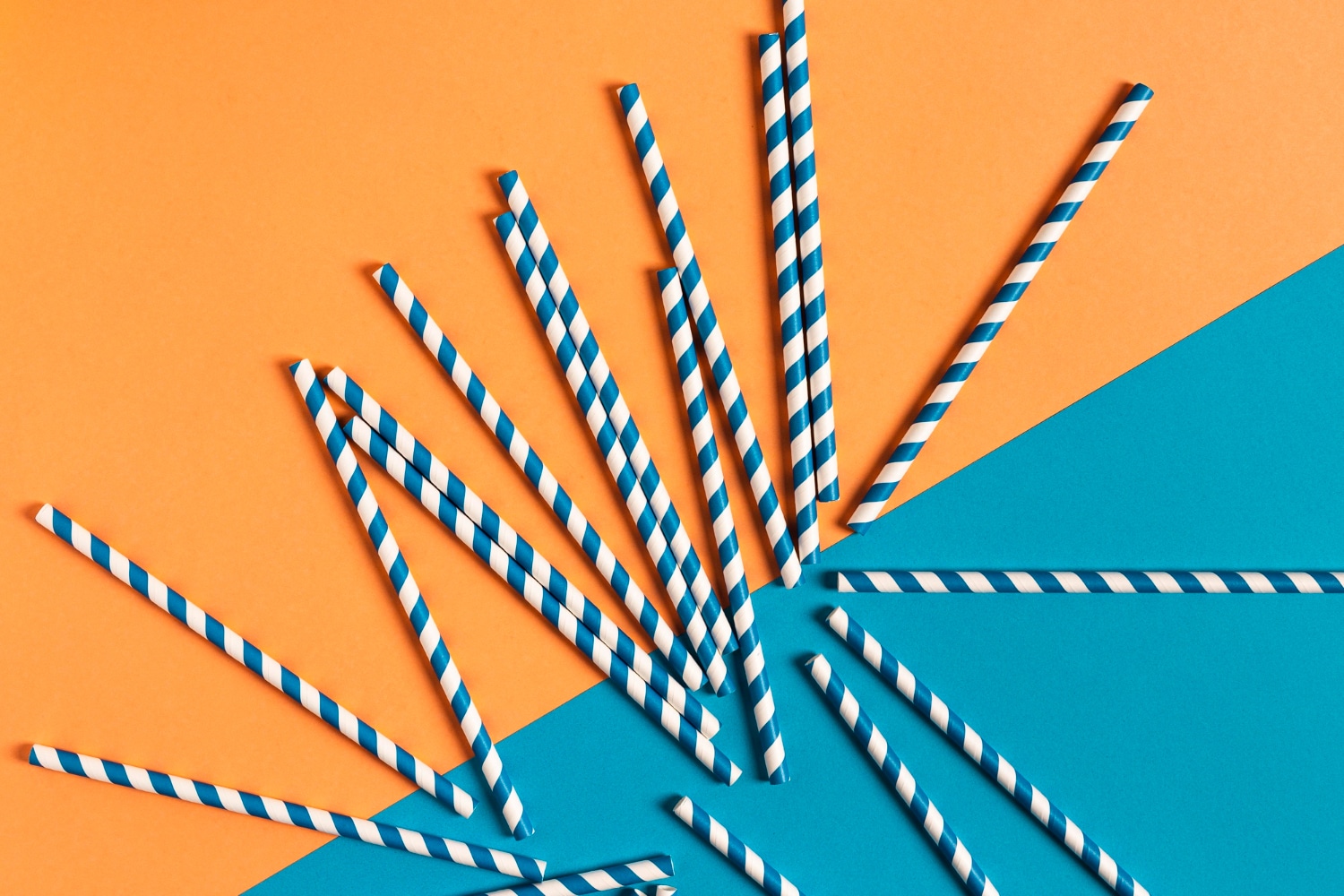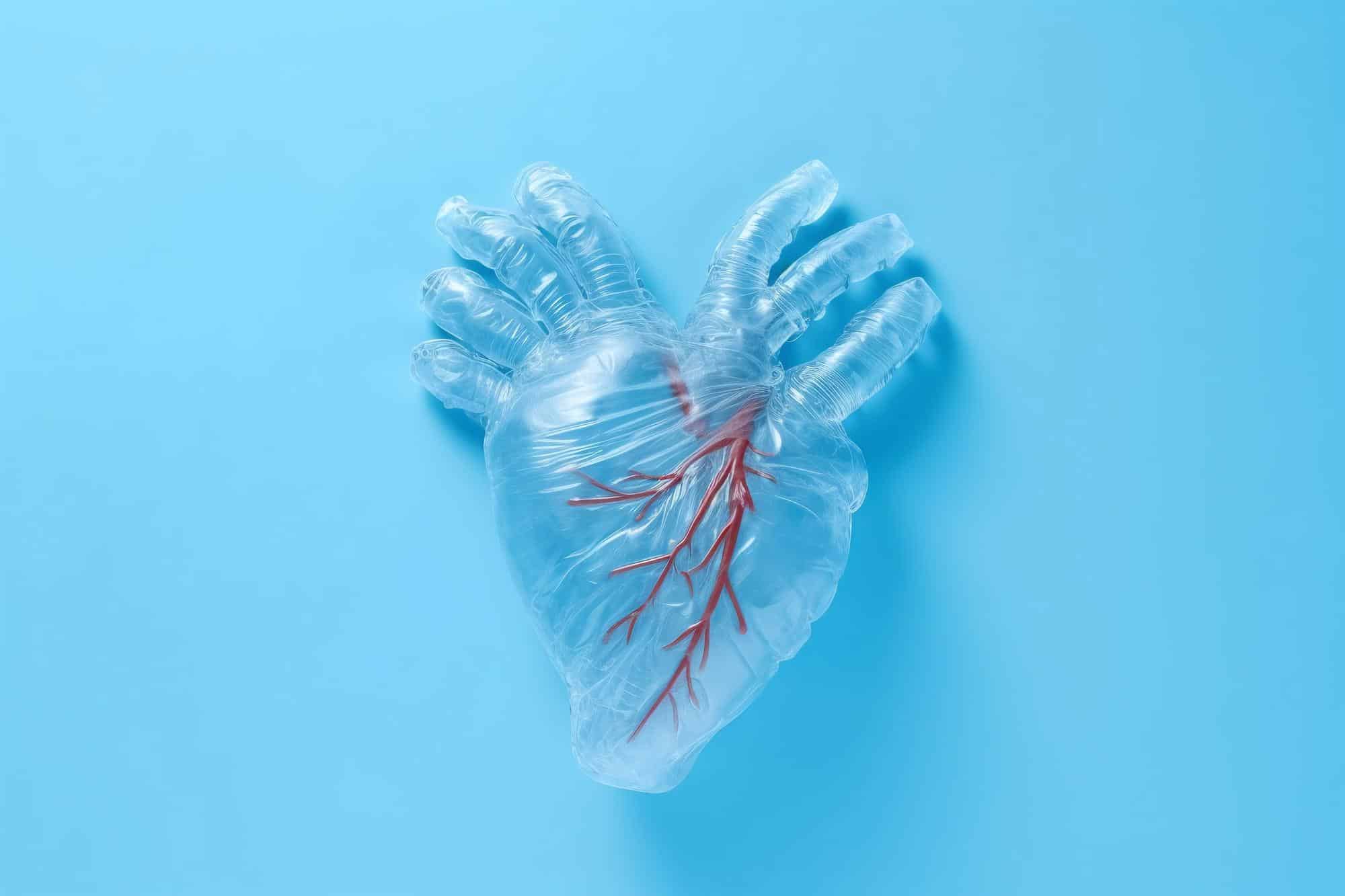
Poly- and perfluoroalkyl substances (PFAS) are present in many food contact materials (FCMs) and reusable plastics in the food industry. It’s possible for PFAS to go from FCMs into human meals and cause several health problems.
A new study examined the PFAS concentrations in 39 different brands of straws made from five materials. PFAS were found in the majority of the straws tested and were most common in those made from paper and bamboo.
Dr Thimo Groffen, an environmental scientist at the University of Antwerp involved in this study, said, “Straws made from plant-based materials, such as paper and bamboo, are often advertised as being more sustainable and eco-friendly than those made from plastic.”
“However, the presence of PFAS in these straws means that’s not necessarily true.”
The straws underwent two rounds of PFAS testing after being mostly purchased from stores, supermarkets, and fast-food restaurants.
27/39, or 69%, of the brands tested included PFAS, and 18 distinct PFASs were found.
The most likely source of PFAS was paper straws, where the chemicals were found in 18/20 (90%) of the tested brands. PFAS was also found in 3/4 (75%) of the brands of plastic straws, 2/5 (40%) of the brands of glass straws, and 4/5 (80%) of the brands of bamboo straws. They were not found in any of the five different steel straw varieties tested.
Perfluorooctanoic acid (PFOA), the most prevalent PFAS, has been prohibited worldwide since 2020.
Trifluoroacetic acid (TFA) and trifluoromethanesulfonic acid (TFMS), “ultra-short chain” PFAS that may leach from straws into beverages, were also found.
Given that most people only sometimes use straws, the PFAS amounts were modest and minimally harmful to human health. PFAS concentrations, however, can linger in the body for many years and increase over time.
Dr Groffen said, “Small amounts of PFAS, while not harmful in themselves, can add to the chemical load already present in the body.”
It is unknown whether the PFAS was brought about by contamination or added to the straws by the producers as a waterproofing agent. The water used during manufacturing and the soil in the plant-based components produced are potential sources of contamination.
Scientists note that it is possible that the compounds were occasionally utilized as a water-repellent coating because they are present in practically every brand of paper straw.
Other limitations of the study include not examining if PFAS would leak from the straws into beverages.
Dr Groffen concludes: “The presence of PFAS in paper and bamboo straws shows they are not necessarily biodegradable.”
“We did not detect any PFAS in stainless steel straws, so I would advise consumers to use this type of straw – or just avoid using straws.”
Journal Reference:
- Pauline Boisacq, Maarten De Keuster, Els Prinsen et al. Assessment of poly- and perfluoroalkyl substances (PFAS) in commercially available drinking straws using targeted and suspect screening approaches. Food Additives and Contaminants. DOI: 10.1080/19440049.2023.2240908






